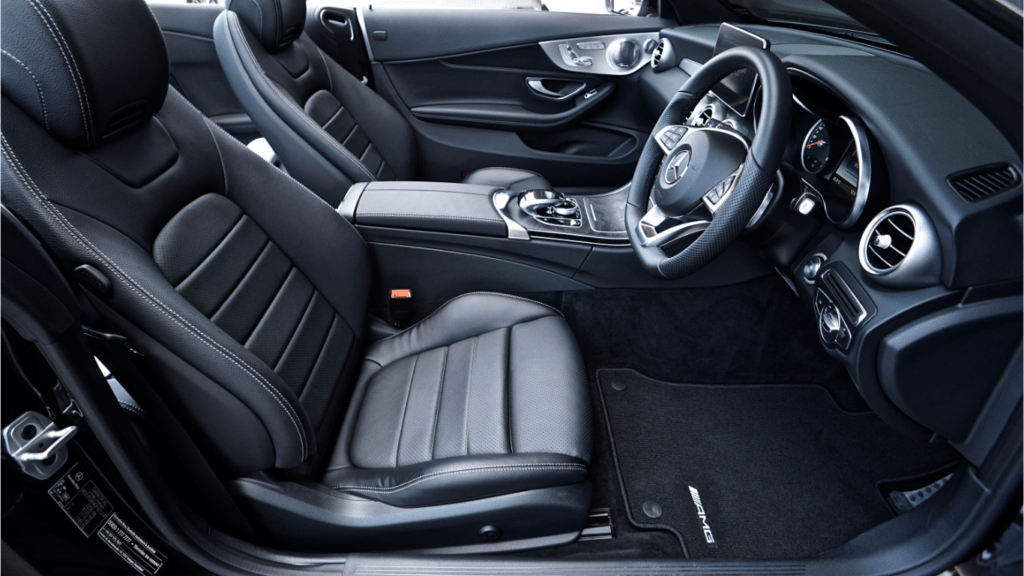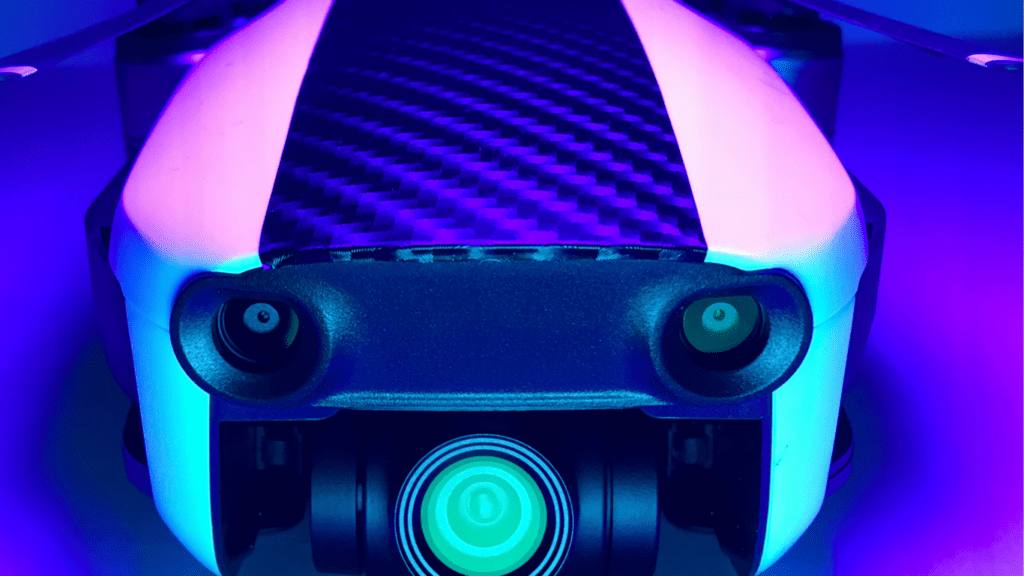Understanding Radar Detectors
Radar detectors help drivers by detecting police radar guns and alerting them about speed enforcement zones. Modern detectors use advanced sensors and algorithms to provide accurate alerts.
How Radar Detectors Work
Radar detectors scan for specific radio frequencies emitted by radar guns used by law enforcement. When a detector senses these frequencies, it warns the driver.
The device typically uses a superheterodyne receiver to pick up and identify radar signals. Detectors can also filter out false alerts caused by non-police radar sources like:
- automatic door openers
- adaptive cruise control systems
Some advanced models offer GPS features to warn about known speed traps and red-light cameras.
Legal Considerations by State
Radar detectors are legal in most of the U.S., except Virginia and Washington D.C. where their use is prohibited.
In addition, commercial vehicle drivers should note that using radar detectors in vehicles over 10,000 pounds is illegal nationwide.
Some states like California and Minnesota prohibit mounting anything on the windshield, which can impact radar detector placement. Always check local laws to ensure compliance.
Key Features to Consider in Radar Detectors
When choosing the best radar detector, focus on the features that make a difference in performance and usability.
Sensitivity and Range
Sensitivity and range determine how effectively a radar detector can identify radar signals from a distance. High sensitivity ensures early warnings, giving drivers more time to adjust speed.
Top models like the Uniden R7 or Escort Max 360 detect signals from miles away, offering maximum protection on highways. It’s crucial, especially for those who frequently drive on open roads.
Filter Modes and False Alert Reduction
Filter modes and false alert reduction help manage non-police radar signals, such as those from automatic doors or traffic sensors. High-end detectors offer advanced filtering algorithms to minimize these false alerts.
For instance, the Valentine One V1 Gen2 uses sophisticated signal processing to distinguish between real threats and everyday signals, enhancing overall reliability. This feature is particularly important in urban environments where false alerts are more common.
Best Radar Detectors for 2024: Our Top Picks
I’ve reviewed numerous radar detectors for 2024, focusing on performance, reliability, and features. These top picks stand out in different categories to suit various driving needs.
Best Overall Radar Detector
The Uniden R7 excels in performance and provides remarkable sensitivity and range for early warnings. Its dual antennas ensure 360-degree protection, alerting to threats from all directions. With directional arrows, it indicates where the radar signal is coming from, which boosts situational awareness.
Additionally, GPS technology allows for red light and speed camera alerts, adding an extra layer of protection. The Uniden R7 also includes advanced false alert filtering to reduce non-police radar signals.
Best Budget-Friendly Radar Detector
For those seeking affordability without compromising on essential features, the Cobra RAD 480i is a top choice. It offers reliable performance with long-range detection and early alerts.
Utilizing its iRadar app, it provides real-time alerts on police activity and road hazards, enhancing driver awareness.
The Cobra RAD 480i also features advanced anti-falsing circuitry to reduce unwanted alerts from other radar-based devices, making it a budget-friendly yet effective option.
Best High-End Radar Detector
The Escort Max 360c stands out in the high-end category with its comprehensive feature set. It offers 360-degree detection with directional arrows, similar to the Uniden R7, but adds Wi-Fi connectivity for real-time updates and alerts.
With MultaRadar detection, it can detect newer radar frequencies used in some regions. The Escort Max 360c also integrates with the Escort Live app, providing shared alerts and updates from other users to enhance the overall driving experience.
Its ability to learn and auto-lock false alerts ensures a smooth and accurate operation, making it the best choice for those looking for premium functionality.
Installation and Maintenance Tips

Installing and maintaining a radar detector correctly ensures its optimal performance and longevity. Below, I outline key techniques and care tips.
Proper Installation Techniques
Follow these steps for proper installation:
- Choose Placement: Position the detector high on the windshield near the rearview mirror to maximize signal detection.
- Secure Mounting: Use the provided suction cups or adhesive mounts, ensuring the detector is level and stable to avoid false alerts.
- Connect Power: Plug the power cord into the vehicle’s 12V outlet, routing the wire neatly to avoid interference or distractions.
- Test Functionality: Verify the device powers on and runs through its start-up sequence, ensuring it’s functioning properly.
Maintenance and Care for Longevity
Keep your radar detector in top shape with these maintenance tips:
- Regular Cleaning: Wipe the exterior with a soft, dry cloth to remove dust and smudges. Clean the lens periodically to maintain clear signal reception.
- Software Updates: Check for firmware updates on the manufacturer’s website or via the device’s app. Install updates to enhance performance and detection capabilities.
- Proper Storage: When not in use for extended periods, store the detector in a protective case or its original packaging to prevent dust and damage.
- Inspect Mounting Hardware: Periodically check suction cups or adhesive mounts for wear and tear. Replace them if they lose adhesiveness or stability.
Following these installation and maintenance guidelines ensures your radar detector performs efficiently and lasts longer.

